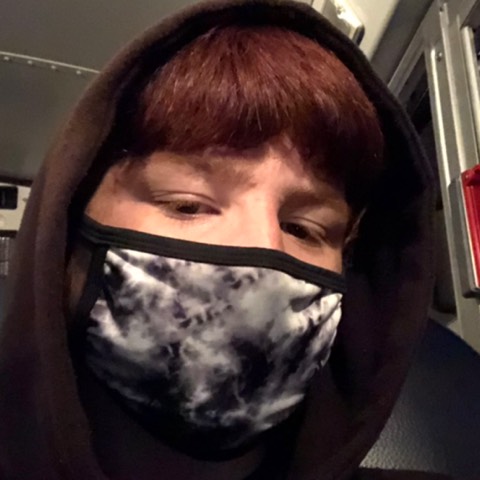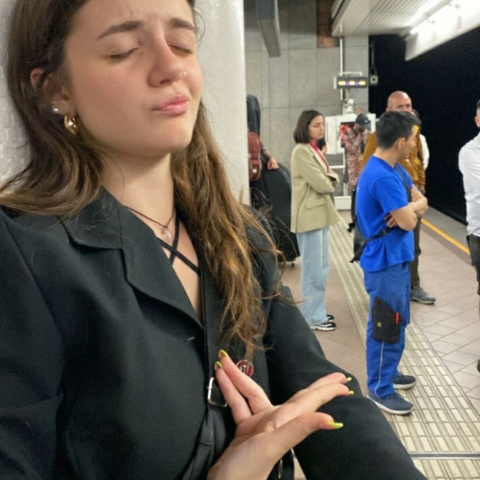Rules for plurals in English
For regular nouns, add “s” to the
end Cat = cats
Dog = dogs
If the singular noun ends in “y” and the letter before it is a consonant, drop it and add “ies”
Baby = babies
Ruby = rubies
If the singular noun ends in ‑s, -ss, -sh, -ch, -x, or -z, add ‑es to the end to make it plural.
Bus = buses
Lunch = lunches
If the singular noun ends in “fe” or “f” drop it and add “ves” (there’s exceptions to this rule)
Knife = knives
Leaf = leaves
If the singular noun ends in -y and the letter before the -y is a vowel, simply add an -s to make it plural
Ray = rays
Boy = boys
If the singular noun ends in ‑o, add ‑es to make it plural (there are exceptions to this one as well)
Potato = potatoes
Video = videos
If the singular noun ends in ‑us, the plural ending is frequently ‑i.
Cactus = cacti
Octopus = octopi
If the singular noun ends in ‑is, the plural ending is ‑es.
analysis – analyses
ellipsis – ellipses
If the singular noun ends in ‑on, the plural ending is ‑a.
phenomenon – phenomena
criterion – criteria
Some nouns don’t change at all when they’re pluralized.
sheep – sheep
series – series
species – species
deer –deer
As with almost every grammar rule in English, there are exceptions
Download the HelloTalk app to join the conversation.
 Download
Download















